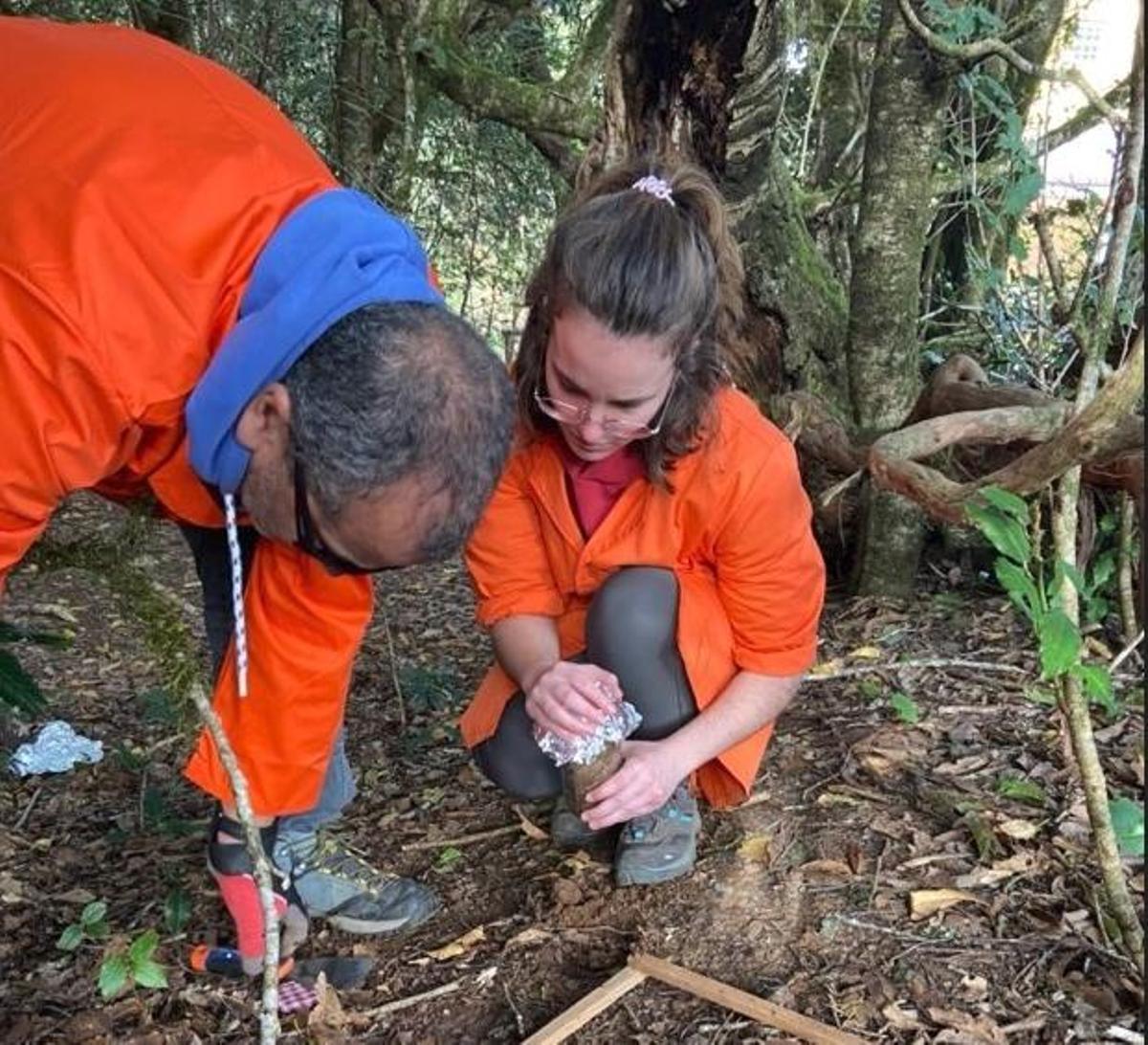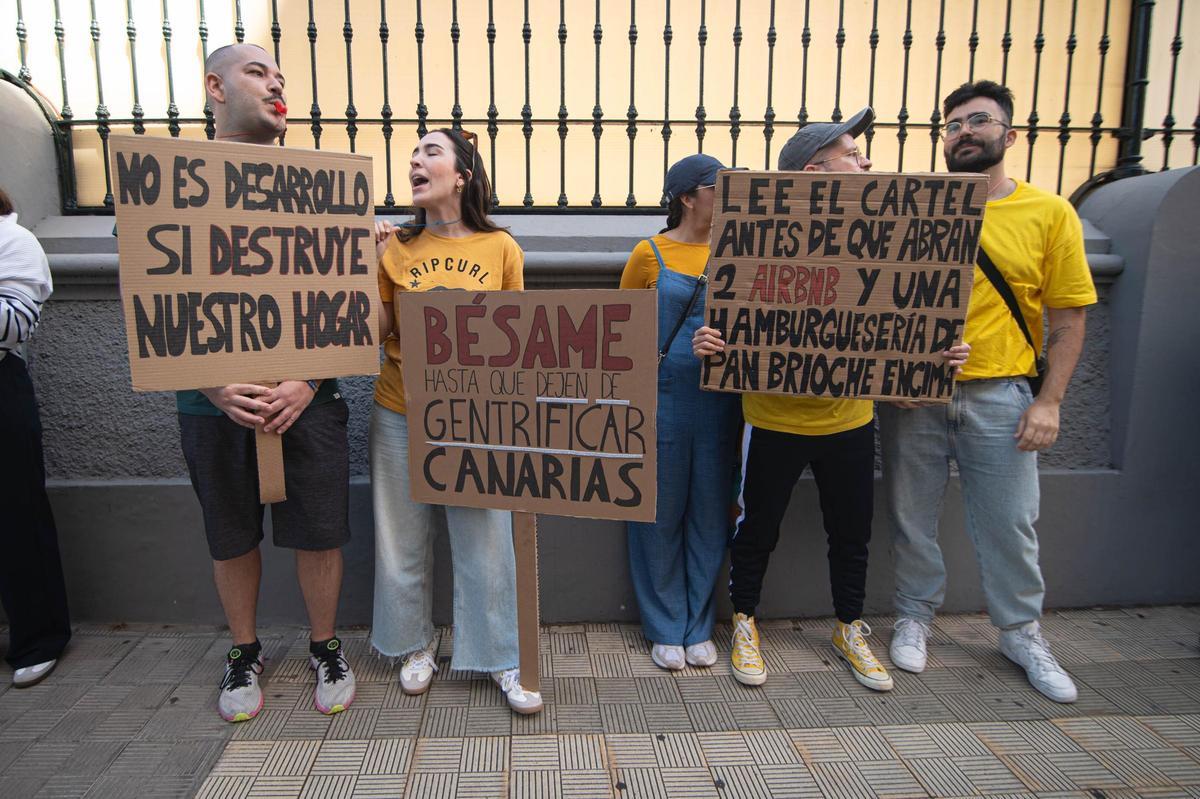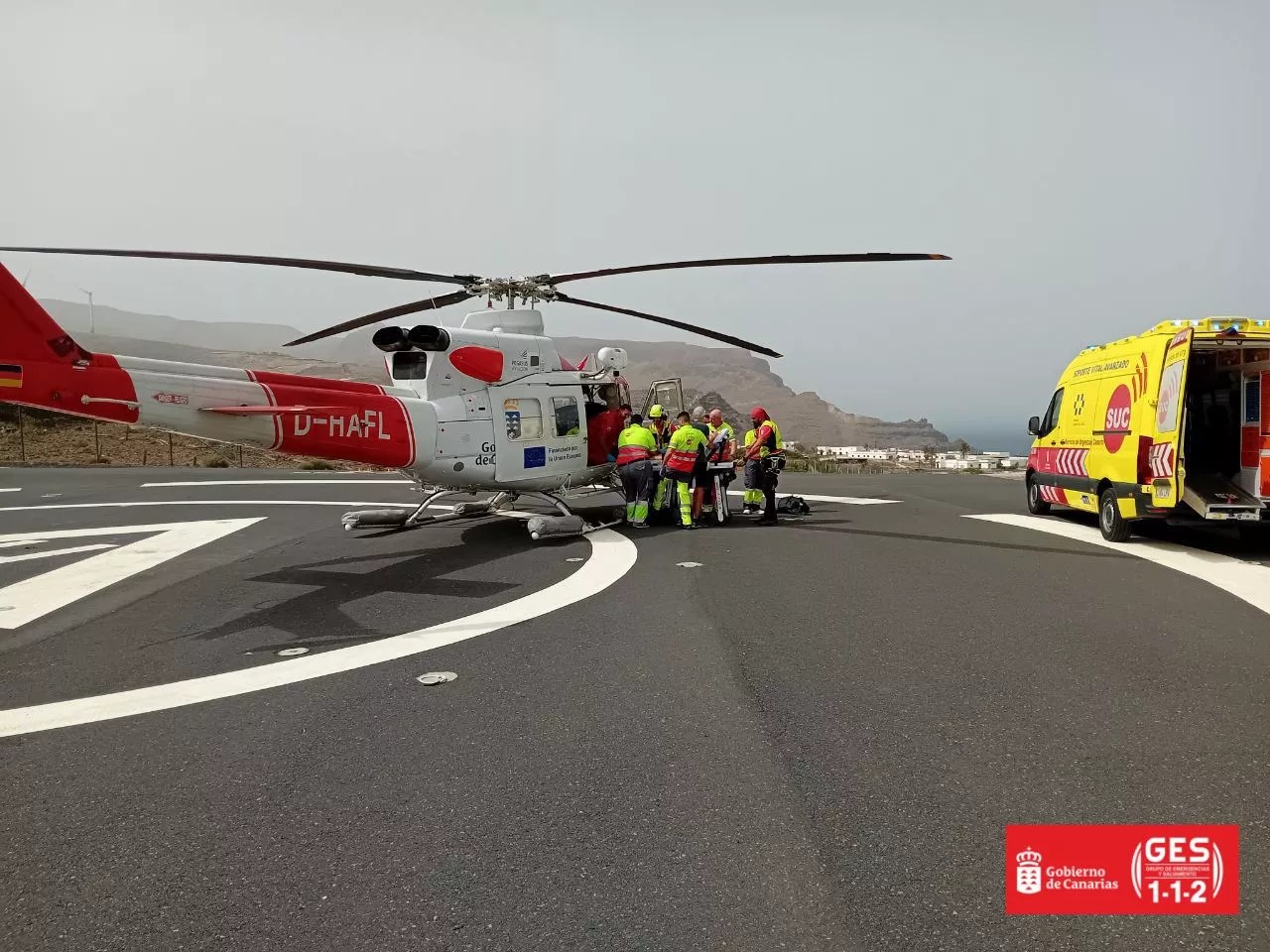Anaga, one of the most iconic natural sites of Tenerife, which was designated a Biosphere Reserve by UNESCO in 2015, now finds itself at the heart of an unprecedented environmental and social crisis. The surge in tourism, the proliferation of invasive species, and the recent discovery of microplastics in soils and groundwater have raised alarms among ecologists, scientists, and local residents.
The escalating influx of visitors has surpassed the carrying capacity of essential infrastructure, such as the access road to Cruz del Carmen, resulting in traffic congestion, overwhelmed parking facilities, and ongoing disturbances to local communities. Residents of villages such as Taganana, Afur, and Roque Negro have issued an ultimatum to the Cabildo de Tenerife to introduce effective traffic management measures, warning that if no changes are observed within a month, they will symbolically close access to the park.
Among the community’s proposals are enhancements to public transport, restrictions on private vehicle access, and the establishment of tourist capacity control systems.
Invasive Species: A Subtle Threat to Biodiversity
Another significant issue facing Anaga is the spread of invasive exotic plants such as reed canary grass (Pennisetum setaceum) and ice plant (Carpobrotus edulis), which encroach upon the endemic flora of the massif and severely disrupt the ecosystem. Despite being a recognised problem for years, residents criticise the inadequate institutional response.
Currently, only one specialised team is addressing the control of these species throughout the park, a situation that locals deem wholly insufficient. They are advocating for the hiring of at least five permanent teams, prioritising local workers familiar with the terrain.

Researchers collecting samples in Anaga Rural Park to detect microplastics. / Ed
Microplastics in Protected Areas: A Scientific Alert in Anaga
A recent study conducted by the University of La Laguna has uncovered the presence of microplastics in the soils and groundwater of Anaga, even in laurisilva regions previously considered pristine. The carboneras exhibited the highest concentration, while larger particles were found at Cruz del Carmen.
This finding poses risks to both biodiversity and human health, highlighting the urgent need for improvements in sanitation systems, waste management, and environmental education among visitors and residents.
Citizen Protests: “Canary Islands Has a Limit”

18m demonstration in Tenerife of ‘Canary Islands has a limit’ / Arturo Jiménez
The situation in Anaga is reflective of a broader regional context of escalating social discontent. Last April, over 23,000 individuals marched across all the islands to protest against mass tourism and advocate for a shift in the economic model. In Tenerife, the demonstration saw more than 9,000 participants rallying under the phrase “Canary Islands has a limit.”
Key demands include a moratorium on tourism, an ecotax for visitors, a housing law aimed at curbing property speculation, and the declaration of areas in housing and ecological emergency, as is the case with Anaga.
















